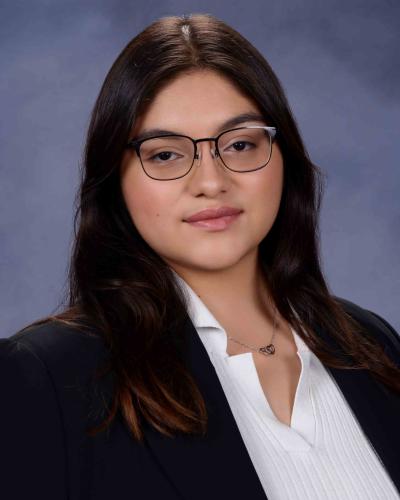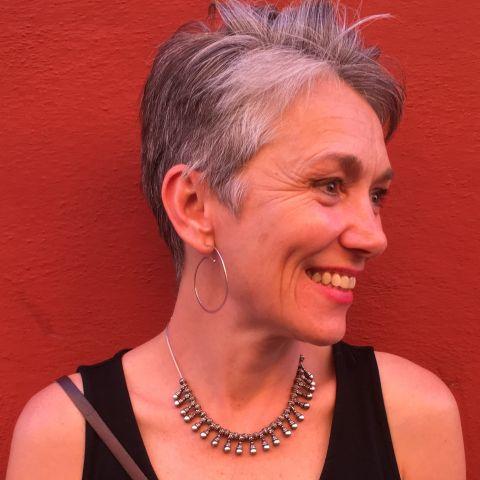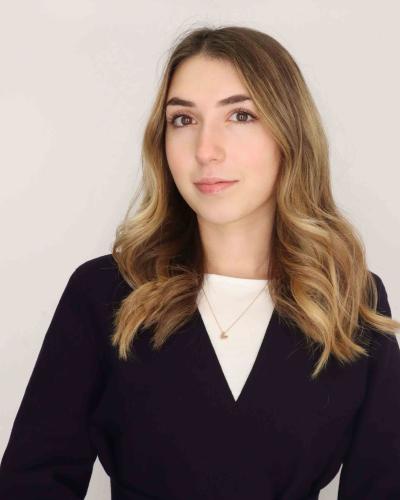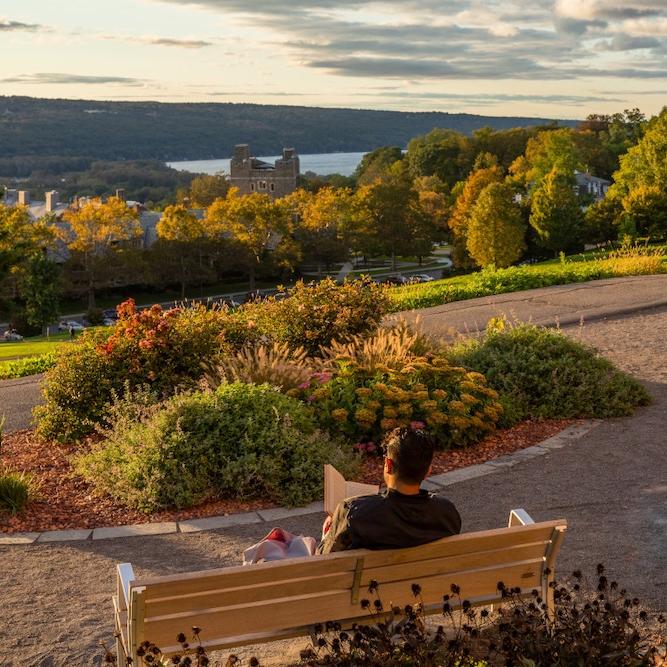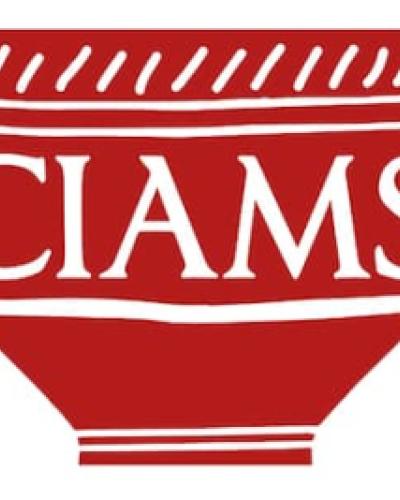Over the summer, the Cornell Institute of Archaeology and Material Studies (CIAMS) joined with the Society of Black Archaeologists (SBA), the Indigenous Archaeology Collective (IAC), the Wenner-Gren Foundation, and SAPIENS to create a nation-wide coalition of archaeology centers. The goal is to address the sources of systematic racism and move archaeology towards greater diversity, equity, and inclusion. The Archaeology Centers Coalition has grown to include over a dozen members from around the United States.
The group has organized a series of virtual meetings to discuss effective strategies for promoting impactful change in the discipline. In addition, the participating centers are sponsoring a webinar series entitled “From the Margins to the Mainstream: Black and Indigenous Futures in Archaeology." Several public talks have been held this semester and additional talks are scheduled for winter and spring 2021.
"To my mind, bending archaeology toward diversity and inclusion is the most important work I could undertake right now. The vitality and relevance of the discipline hang in the balance." - Adam T. Smith, Goldwin Smith Professor of and CIAMS DirectorIn the following interview, Dr. Adam T. Smith, Goldwin Smith Professor of and CIAMS Director, discusses the Archaeology Centers Coalition and the impact it will have at Cornell and on the discipline of archaeology.
How did this partnership come about?
In the midst of the national protests that followed the murder of George Floyd in early June, I reached out to colleagues at Wenner-Gren and SAPIENS to see if there was a way that CIAMS could help start a national dialogue. They were already initiating conversations with the SBA and IAC, so a group of us ended up in a Zoom meeting and started brainstorming about what such a dialogue might entail. And we have been meeting pretty much every week, sometimes multiple times a week, ever since. Our conversations focus on finding ways to change the stories that archaeology tells and who tells them. Early in our discussions, we defined several areas of critical intervention that needed to be undertaken to make archaeology a more diverse and inclusive discipline. The first of these was our concern to catalyze a conversation in the discipline that could move black and indigenous voices from the margins to the mainstream of the discipline. This is what drove the development of our webinar series. The second area of intervention was with funding agencies and here, Danilyn Rutherford, president of Wenner-Gren and Cornell Ph.D., has led an important series of discussions with key grant-making organizations in archaeology, including NSF, NEH, National Geographic and others. Lastly, we knew that archaeology centers were a key site for shifting the discipline since they train the next generation of students. In general, archaeology is dispersed across disciplines such as anthropology, classics, and Near Eastern studies. But at some universities, like Cornell, archaeology institutes play a significant role in teaching and advising the next generation of archaeologists. So it was clear we needed to put together a broad-based national coalition of archaeology centers if we were going to make an impact.
The Archaeology Centers Coalition outlined four areas for impactful change: curriculum and training, administration and finance, the culture of archaeology, and capacity building and community engagement. Do you have specific examples of change you foresee in these areas?
We are still in the process of directly specifying the areas of critical intervention, but I can name two. The initial focus of our work has been the archaeological field school. It has become clear that this typically extra-curricular experience is a key roadblock to the participation of many communities in archaeology. They have gotten expensive and are often plagued by a culture that is insensitive to women and people of color. We're developing a survey that will allow us to better understand many of the hidden costs of attending field schools, such as missed financial aid contributions or health care fees. We also hope to use the survey to clearly define for the discipline how a culture of exclusion is hurting the diversity of our departments, our research labs, our field projects, and our cultural resource and heritage institutions. A second area of focus is on mentoring, from graduate school through the faculty pipeline. There are clearly ways that archaeology can do better in helping to shape and encourage professional trajectories for BIPOC scholars.
How will the recommendations on best practices for overcoming traditional barriers to inclusion be shared with people? Will there be an additional event, or will it be shared in some sort of online publication?
The short answer is, we don’t know yet. We are in the data collection phase but we hope to move toward a distillation of best practices as we develop better understandings of the problems. My guess would be that SAPIENS.org will play a role in distributing our findings. And we are also talking to major professional societies like the Archaeological Institute of America (AIA) and the Society for American Archaeology (SAA). I think our goal will be to steadily roll out recommendations on best practices in areas like mentoring, recruiting, and curriculum over time. Each of these areas require thoughtful attention so our conclusions will not all emerge at the same moment, but I think my colleagues at the participating Centers are ready to sustain this work.
What else has CIAMS been doing for projects and initiatives like the Coalition?
This summer CIAMS established a new Anti-Racism and Anti-Colonialism Interest Group that has been active in our local discussions of current problems and paths forward. We have held discussions after each of the webinars to share perspectives, find clarification, and also reflect on how some issues look different when placed into different research locations. Issues of cultural heritage, for example, look very different in the Caucasus, where I do my research, than they do in North America. Understanding that complexity is part of what the interest group helps us do. The CIAMS graduate students have been a truly instrumental driving force in helping CIAMS to think through the issues of justice that are so pressing. I have been tremendously impressed by their dedication and their willingness to work collaboratively through difficult issues. Archaeology is a discipline that really is impossible without collaboration and the students have really taken their training in team building and put it to work in helping move us forward as a community on issues of racial justice.
What impact do you see in the field of anthropology and archaeology, particularly for current and future students at Cornell?
CIAMS alone cannot change the stories that archaeology tells and who tells them. But a coalition of the nation’s leading institutes can bring about real, sustained change. Our students today will be leading this change in the coming years, ensuring that the work continues. And our future students will be part of a discipline that has been reimagined as a more just and inclusive field. Hopefully, they too will carry forward the sense of mission that we have today

